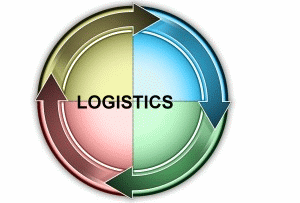
|
The primary objective of supply chain management is to fulfill customer demands through the most efficient use of resources, including:
In theory, a supply chain seeks to match demand with supply and do so with the minimal inventory. Various aspects of optimizing the supply chain include liaising with suppliers to eliminate bottlenecks; sourcing strategically to strike a balance between lowest material cost and transportation, implementing JIT (Just In Time) techniques to optimize manufacturing flow; maintaining the right mix and location of factories and warehouses to serve customer markets, and using location/allocation, vehicle routing analysis, dynamic programming and, of course, traditional logistics optimization to maximize the efficiency of the distribution side. |
With increasing globalization and easier access to alternative products in today’s markets, the importance of product design in demand generation is more significant than ever. In addition, as supply, and therefore competition, among companies for the limited market demand increases and pricing and other marketing elements become less distinguishing factors, product design also plays a different role by providing attractive features to generate demand. In this context, demand generation is used to define how attractive a product design is in terms of creating demand. |
•99.6% on time delivery •PDC is conveniently located in the USA west coast with short time access to the Port of Los Angeles and LAX Airport. •PDC listens and adapts to customer requirements. •PDC provides accurate, reliable and timely data with Inventory Tracking System. •PDC is a multicultural, bilingual team (English, Spanish)
|

